Mastering the Third Shot Drop in Pickleball: What It Is, How to Do It, and Why It Matters by Pickleball Terry
If you’re looking to level up your pickleball game, one shot you must understand and practice is the third shot drop. It’s a staple of smart, strategic play—especially in doubles—and often separates casual players from those with a more competitive edge.
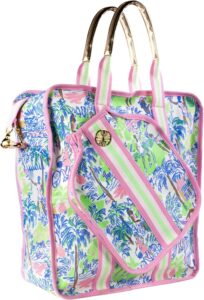 Lilly Pulitzer Pickleball Bag for Women with Storage for 2 Paddles, Zipper Pocket, Waterbottle Sleeve and Gold Details, Serving it Up CLICK HERE FOR PRICE
Lilly Pulitzer Pickleball Bag for Women with Storage for 2 Paddles, Zipper Pocket, Waterbottle Sleeve and Gold Details, Serving it Up CLICK HERE FOR PRICE
What is the Third Shot Drop?
The third shot drop is exactly what it sounds like: a soft, arcing shot played on the third shot of a rally. Here’s the typical sequence: (Remember: The serving team does the Third Shot Drop.)
- Serve (1st shot)
- Return of serve (2nd shot)
- Third shot drop
After you serve and your opponent returns the ball, you (or your partner) play the third shot. The goal is to gently drop the ball over the net into the opposing team’s non-volley zone (also called the “kitchen”), where it ideally lands softly and is difficult to attack. Sounds easy but it’s not. It’s much easier to drive the ball than to execute a Third Shot Drop. A little too high and you have just given your opponents an easy put-away. Or too soft and whoops! It lands on your side of the net. Plus it takes more brain energy to remember to use this shot successfully. Yes, it’s much easier to just slam the ball back and hope for the best. As you improve and play more advanced players, the Third Shot Drop becomes strategic to the game. You will not be able to drive a ball through advanced players who are stationed at the NVZ (non-volley zone). If you want to move up, it’s going to take more effort in the form of perfecting Third Shot Drop.

Pickleball Practice Rebounder Net: Pickleball Rebounder or 6FT Mini Pickleball Net Portable CLICK HERE FOR PRICE
I tell my students that they have to practice the shot a thousand times ( A little dramatic but practice, practice, practice.) before they try to bring it to their game. If they don’t, too many errors and they have a better chance of a drive. But if they want to move up in level, they have to know this shot and be able to execute it.
Why is It So Important?
Pickleball is a game of positioning, and the most advantageous position is at the non-volley zone (NVZ). After serving, however, the serving team is at a disadvantage because they must stay back for the return. A well-executed third-shot drop allows the serving team time to advance to the NVZ safely.
If instead, you drive the ball hard on the third shot, it often results in an easy volley or put-away for your opponents. The drop shot neutralizes the return team’s advantage, forcing them to play a soft shot from below net level, giving you time to move up.
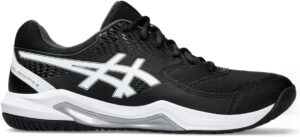
How to Execute a Third Shot Drop
Here’s a breakdown of the mechanics:
Grip and Stance: Use a continental grip for better touch. Stay low with knees bent, paddle out front, and eyes on the ball.
Contact Point: Hit the ball after it bounces, ideally when it’s on the rise. Make contact in front of your body.
Soft Touch: Think of it like tossing an egg—you want to cradle the ball with a gentle lift, not a swat. The paddle motion is more of a slow upward arc.
Target Area: Aim to land the ball just over the net and into the kitchen. It should bounce low, making it hard for your opponents to attack.
Consistency: This shot takes time to master. Focus on control, not power. Drilling this repeatedly is key.
When to Use It
While the third shot drop is most common after a return of serve, you can also use drop shots later in the rally when you’re pushed to the baseline. It’s especially effective against aggressive players who hug the net and are looking for opportunities to smash.
Final Thoughts
The third shot drop isn’t flashy, but it’s fundamental. By giving your team time to move up and take control of the net, you turn defense into offense. It requires patience, finesse, and practice—but once mastered, it becomes a game-changer.
So the next time you step on the court, don’t just drive the ball—drop it with intention. Your future self (and your partner) will thank you.
Thank you for reading,
Pickleball Terry
SarasotaPickleball.com
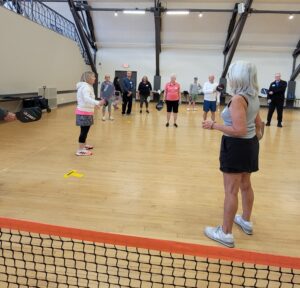
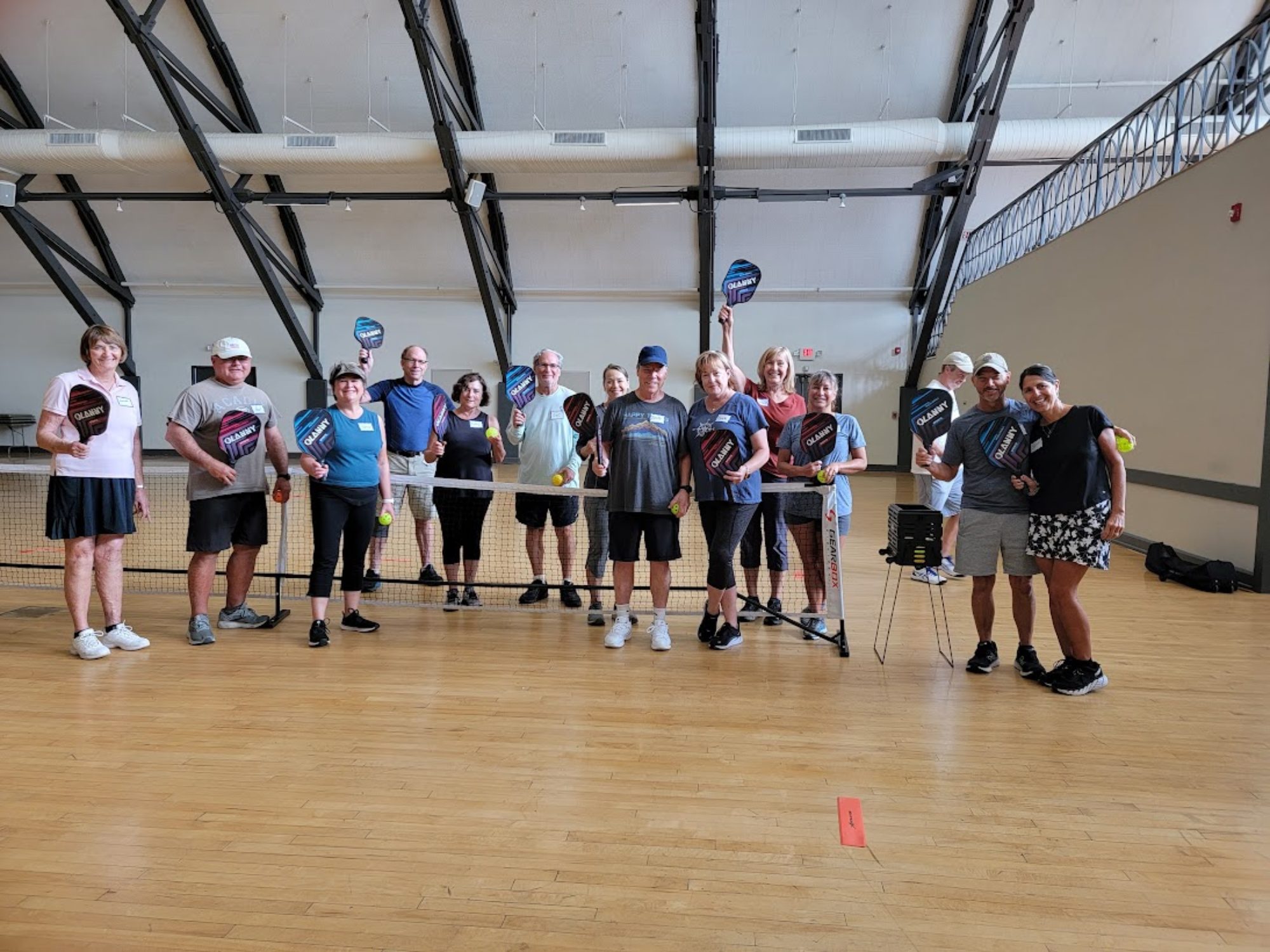
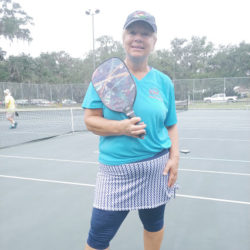

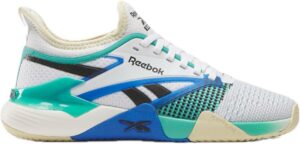 CLICK HERE
CLICK HERE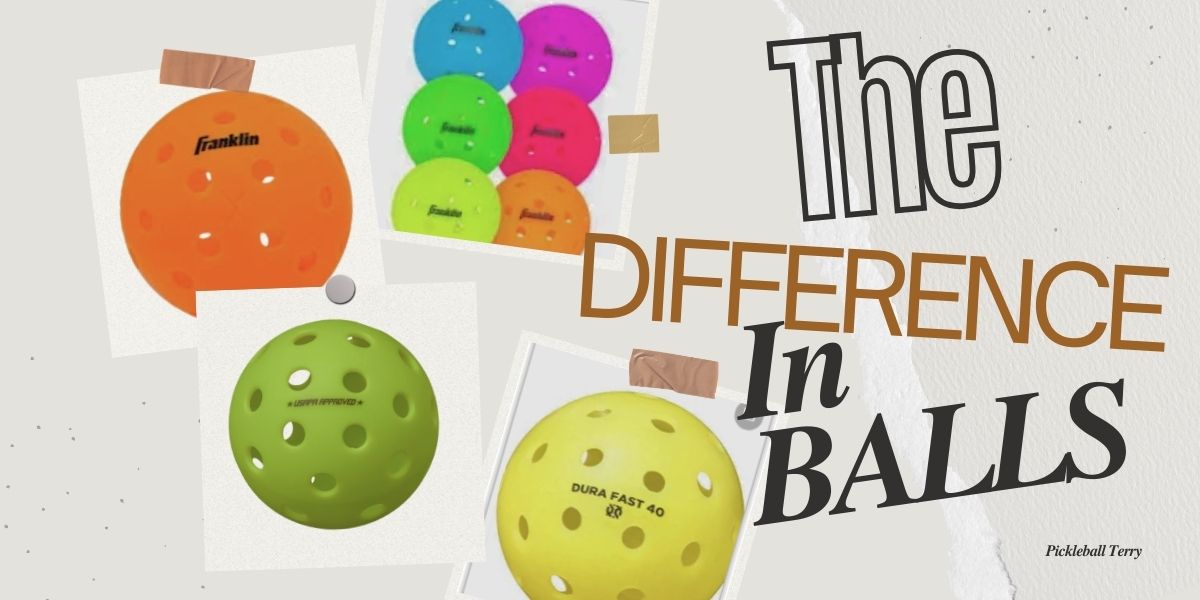

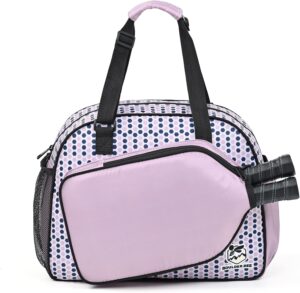
 CLICK HERE TO SEE PRICE
CLICK HERE TO SEE PRICE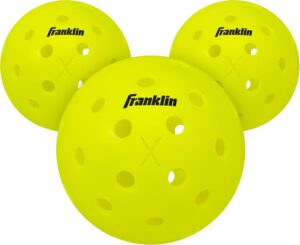
 Click here for price
Click here for price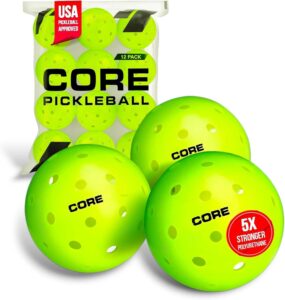 CLICK HERE FOR PRICE
CLICK HERE FOR PRICE



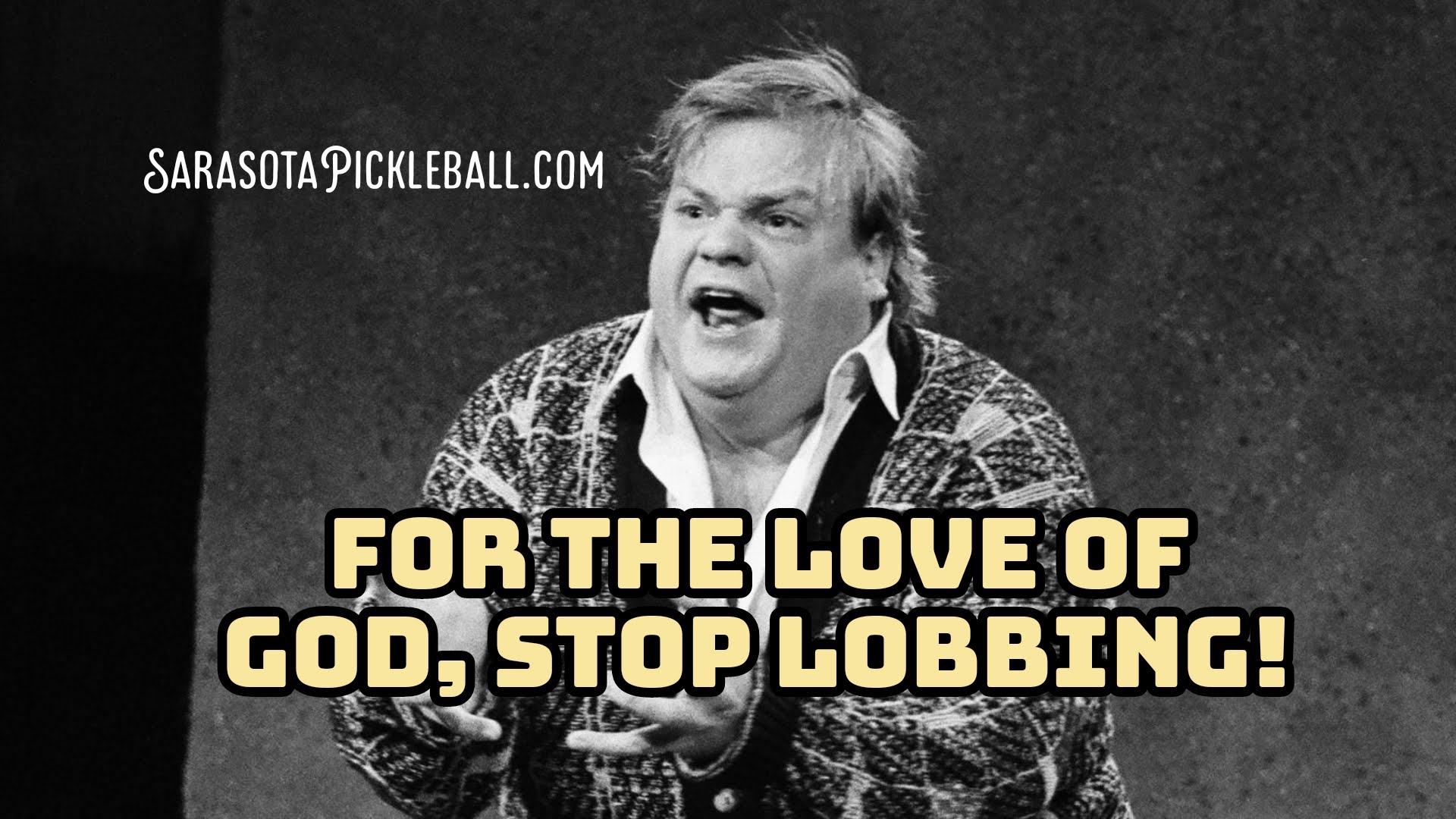 We had a certain schedule and played inside at Arlington Park on certain days, and other days, we played inside at Colonial Oaks, RL Taylor, and YMCAs when they were the YMCAs. Then more places opened up and we had Newtown and Longwood Park. The Salvation Army on Tuttle offered pickleball on a couple of days. Never, NEVER did we venture out and play pickleball outdoors. Most of us didn’t have our own nets, and we preferred the air conditioning and no wind inside. Nets were provided at all the indoor facilities and the Salvation Army even started putting up the nets and taking them down for us. The cost was all of $2.00 and we paid with cash. You always had your bag of ones and quarters in your backpack.
We had a certain schedule and played inside at Arlington Park on certain days, and other days, we played inside at Colonial Oaks, RL Taylor, and YMCAs when they were the YMCAs. Then more places opened up and we had Newtown and Longwood Park. The Salvation Army on Tuttle offered pickleball on a couple of days. Never, NEVER did we venture out and play pickleball outdoors. Most of us didn’t have our own nets, and we preferred the air conditioning and no wind inside. Nets were provided at all the indoor facilities and the Salvation Army even started putting up the nets and taking them down for us. The cost was all of $2.00 and we paid with cash. You always had your bag of ones and quarters in your backpack.